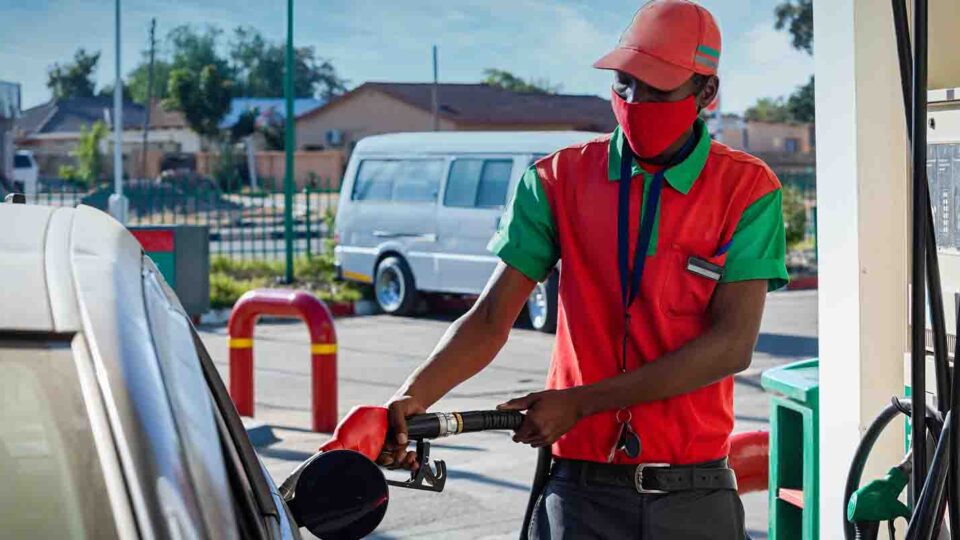Why fuel prices are not dropping as fast as you would want
Many factors lead to the final price of fuel, among them the landing cost of the commodity. This is because Kenya does not produce its own oil.

Fuel prices in Kenya have remained high over the last year, crossing the KSh200 mark in September 2023, causing concern and economic strain for both citizens and businesses.
Many factors lead to the final price of fuel, among them the landing cost of the commodity. This is because Kenya does not produce its own oil.
The other factor affecting the cost is the exchange rate between the Kenya shilling and the dollar, considering the fuel is purchased in US dollars.
Additionally, taxes and levies implemented by the government contribute to the final price of fuel, and a cost margin is allowed for the players in the sector.
So, this begs the question, why is the cost of fuel not going down as fast as you’d want, even when the landing cost drops or the dollar rate to the shilling drops?
According to the Energy and Petroleum Regulatory Authority (EPRA), the petroleum pump price is done in accordance with the Petroleum (Pricing) regulations, 2022, under Legal Notice No. 192 of 2022.
The formula takes into account landed costs, taxes and levies, storage and distribution costs, and the margin allowed for the sector’s players.
How EPRA accounts for global market trends in fuel pricing is that the international prices of crude oil affect the landed cost component of the pricing formula.
For instance, in February 2024, fuel prices dropped by KSh1. EPRA set prices at KSh195.47 per litre of diesel and KSh206.36 per litre of super petrol in Nairobi, up from KSh196.47 and KSh207.36, respectively.
This is despite the Murban crude prices for the cargo used in the new prices dropping by the biggest margin to $83.32 (KSh11,581.48) in January compared to $91 (KSh12,649) in December.
This means that even if the landed cost reduces, there might be little to no change in the final price of fuel.
The February fuel prices were calculated as follows;
Petrol: the product costs KSh110.17, Distribution and storage costs 4.08, Margins KSh12.39, Price Stabilization Surplus (Deficit) KSh0.96, Taxes and levies KSh78.76. The total is KSh206.36.
Diesel: the product costs KSh121.64, Distribution and storage costs 3.77, Margins KSh3.00, Price Stabilization Surplus (Deficit) KSh0.00, Taxes and Levies KSh67.06. The total is KSh195.47.
The exchange rate factor is tied to the landing cost factor in that the exchange rates will affect the landed cost of the product.
This is because EPRA applies the applicable KES/USD rate in translating the international price to the local price since petroleum products are traded internationally in foreign currency.
A depreciation of the Kenya shilling against the US dollar leads to high prices, and vice versa.
On the government policies, these largely influence the Taxes and levies component of the pricing formula.
A recent example is the review of the Value Added Tax from 8% to 16% effective 1st July 2023.
However, the Government has also been stabilising the final pump prices through the utilisation of the Petroleum Development Levy (PDL), cushioning customers against the otherwise high international prices.
According to EPRA, the consumers pay for the actual cost of service in the fuel prices.
“While this may be high due to factors outside the control of any Government, there are mechanisms to cushion the consumers from the high prices. This has been achieved through the stabilisation of prices utilising the petroleum development levy,” said EPRA.





